North Africa houses two of the world’s most fascinating cities: Marrakech and Cairo. Both destinations tantalize travelers with ancient history, vibrant cultures, and unforgettable experiences.
Yet, despite their geographic proximity, these cities offer distinctly different travel experiences that leave unique impressions on visitors. Here is a list of 18 key travel moments that truly set Marrakech and Cairo apart, highlighting what makes each city special in its own right.
Arrival Views
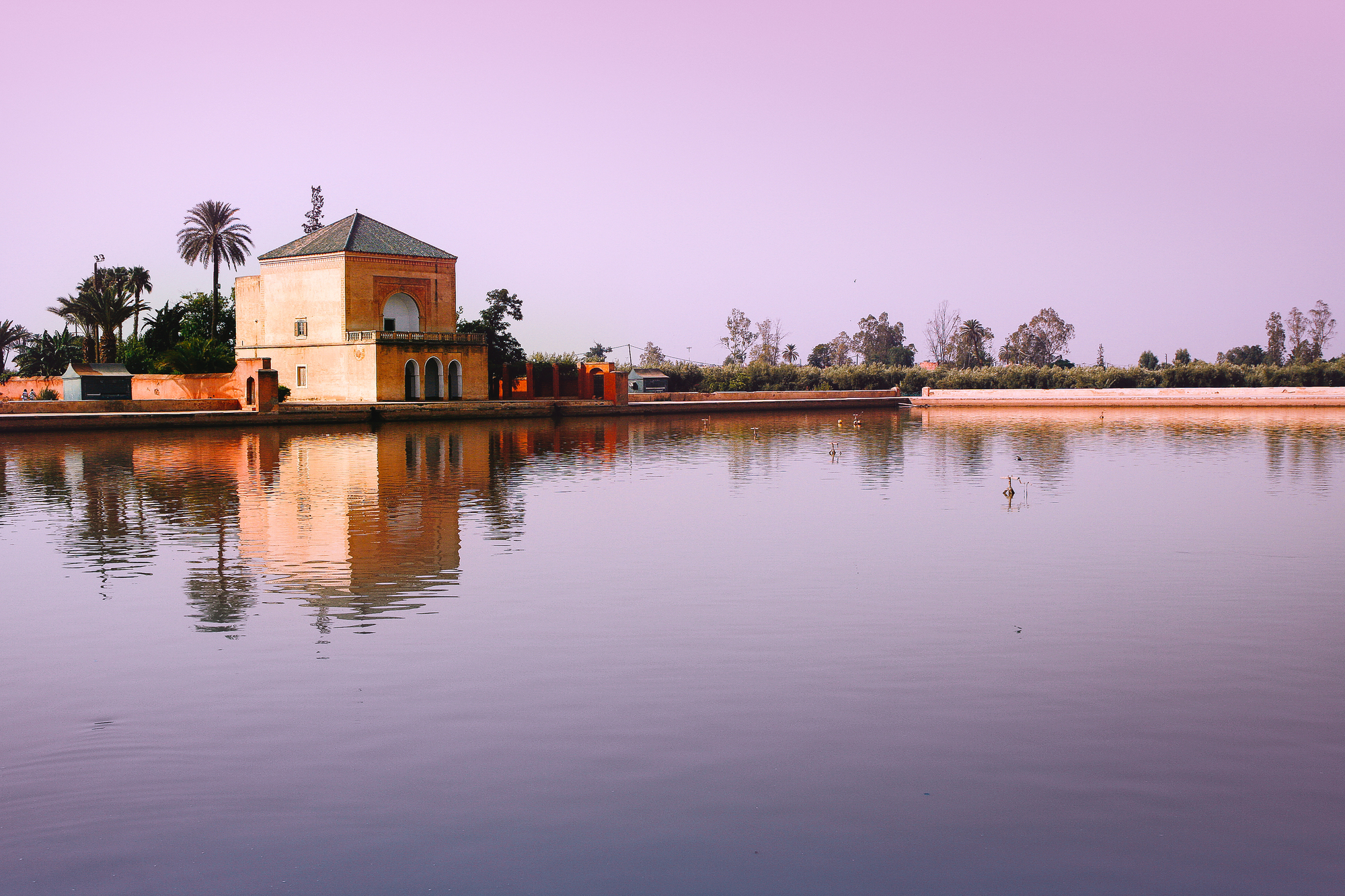
In Marrakech, your first glimpse typically features terracotta buildings against the dramatic backdrop of the Atlas Mountains. The city appears as an oasis of palm trees and reddish-brown structures, creating an immediate sense of arrival somewhere magical.
Cairo greets visitors with a sprawling metropolis along the legendary Nile River, with modern skyscrapers standing alongside ancient monuments across a beige urban landscape that seems to extend forever.
Market Atmosphere
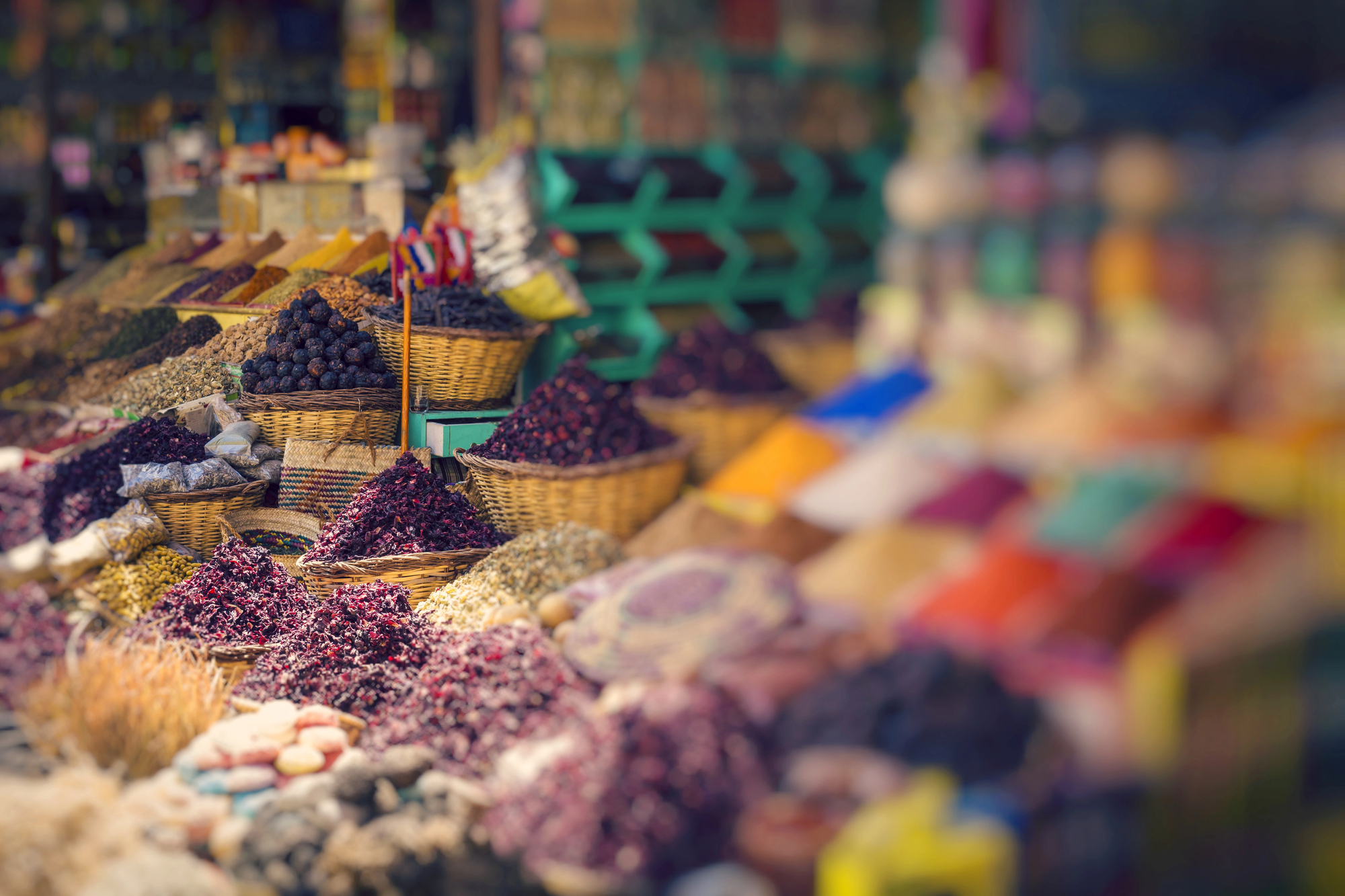
Marrakech’s souks wind through narrow, covered passageways where artisans work in small workshops directly adjacent to their selling spaces. The intimate scale creates an immersive shopping experience where you can watch craftspeople create the very items for sale.
Cairo’s Khan el-Khalili bazaar spreads across wider avenues with more defined sections for specific goods, often featuring larger shops with impressive displays of everything from spices to gold jewelry.
Street Food Encounters
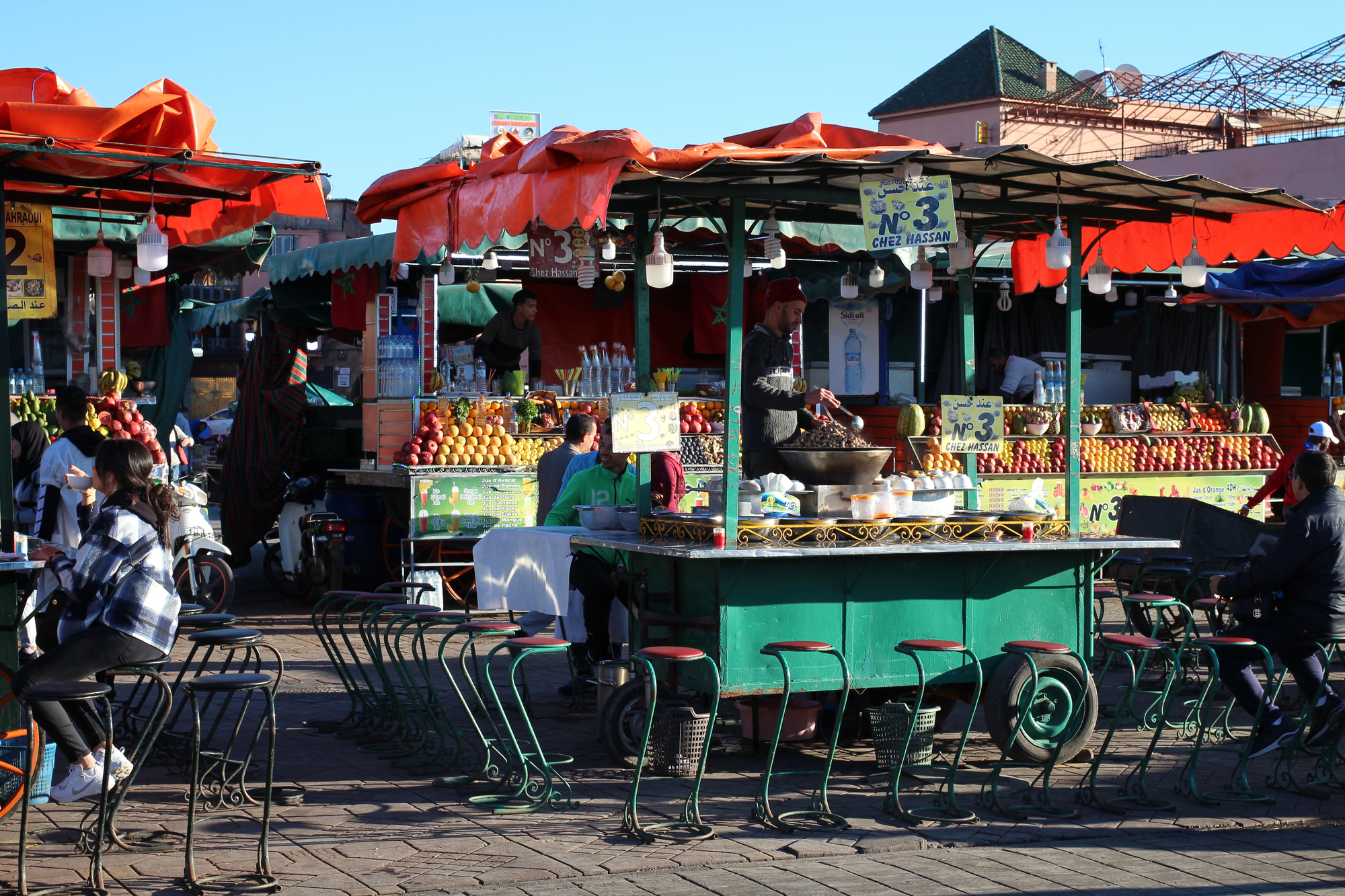
In Marrakech, food vendors cluster in specific areas like Jemaa el-Fnaa square, serving dishes from portable carts that appear at dusk. The experience centers around communal seating at long tables where travelers and locals share meals of tagines and grilled meats.
Cairo’s street food scene integrates throughout the city with small permanent kiosks serving favorites like koshari and falafel at all hours, allowing spontaneous snacking while exploring various neighborhoods.
Like Travel Pug’s content? Follow us on MSN
Historical Timeline

Marrakech takes you primarily to medieval Islamic Morocco, with most major sites dating to the 11th-16th centuries when the city served as an imperial capital. The historical narrative focuses on the Almoravid and Saadian dynasties that shaped the city’s golden ages.
Cairo’s historical journey spans a vastly longer timeline from ancient Egyptian pharaohs through Roman occupation, medieval Islamic empires, and Ottoman rule, offering a more layered historical experience spanning thousands of years rather than centuries.
Architectural Highlights
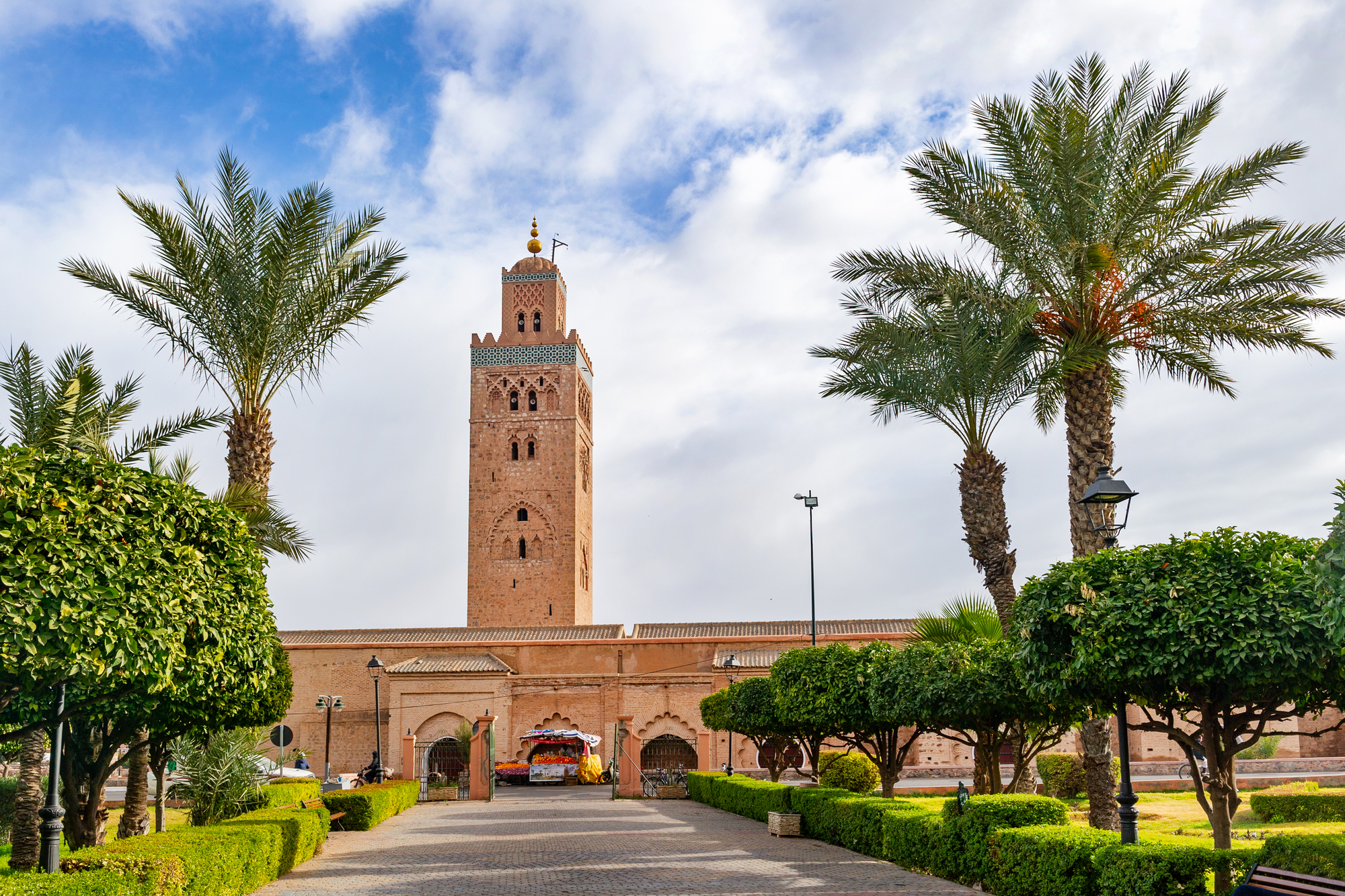
Marrakech architecture emphasizes intricate detail within intimate spaces, exemplified by the ornate woodwork and tiling in madrasas and riads. The buildings typically maintain human scale with courtyard-centered designs that create peaceful retreats from the bustling streets.
Cairo presents monumental architecture designed to impress through sheer scale, from the towering minarets of massive mosques to the colossal pyramids themselves, emphasizing power and permanence through architectural grandeur.
Religious Experiences
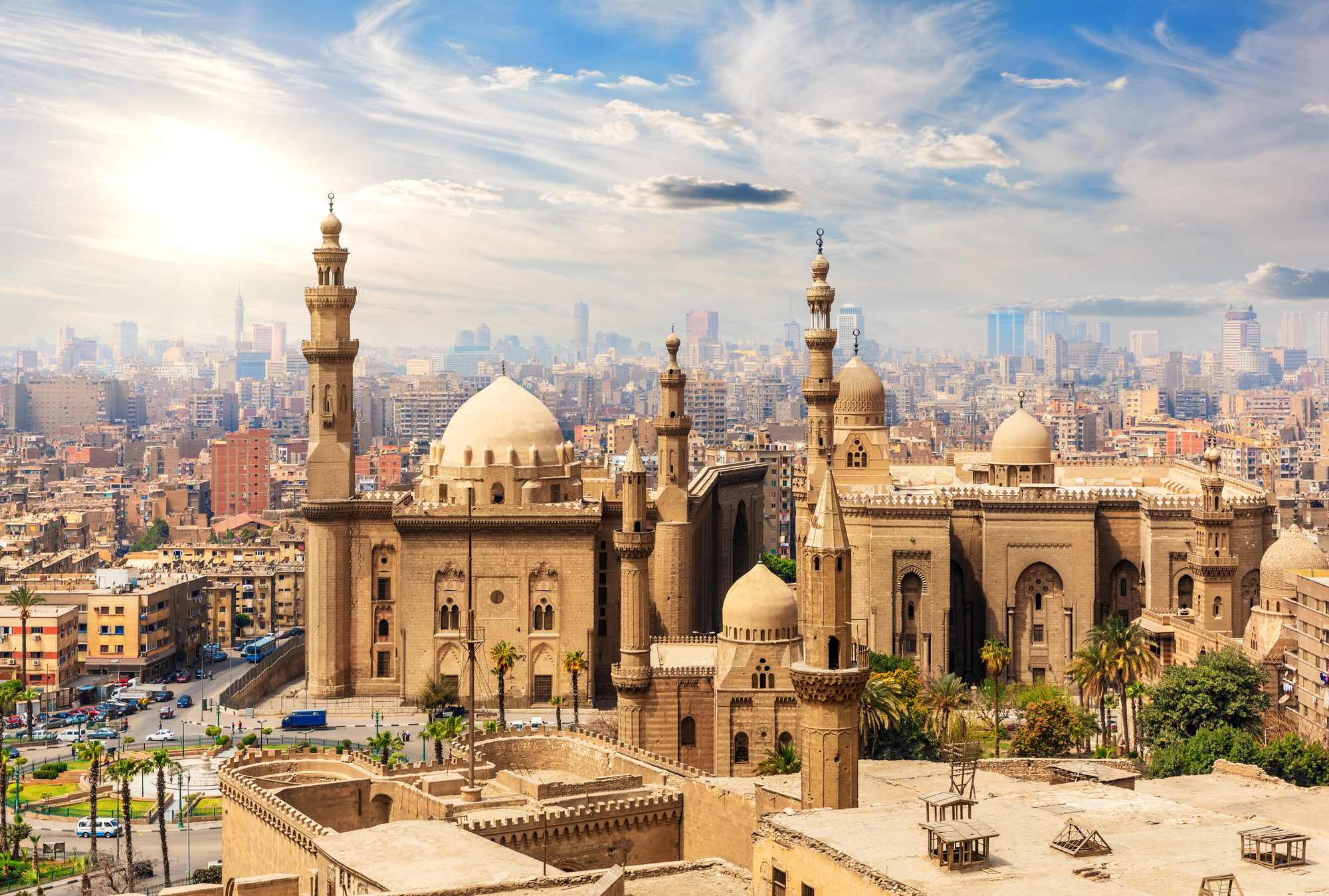
Marrakech offers a distinctly Moroccan interpretation of Islam shaped by Berber traditions and Sufi influences. The city’s mosques and religious sites feature unique architectural elements like the square minarets that distinguish them from other Islamic traditions.
Cairo presents a more diverse religious landscape where ancient Egyptian temples, Coptic Christian churches, and Islamic mosques exist within miles of each other, allowing visitors to witness the evolution of religious practices across millennia.
Like Travel Pug’s content? Follow us on MSN
Museum Collections
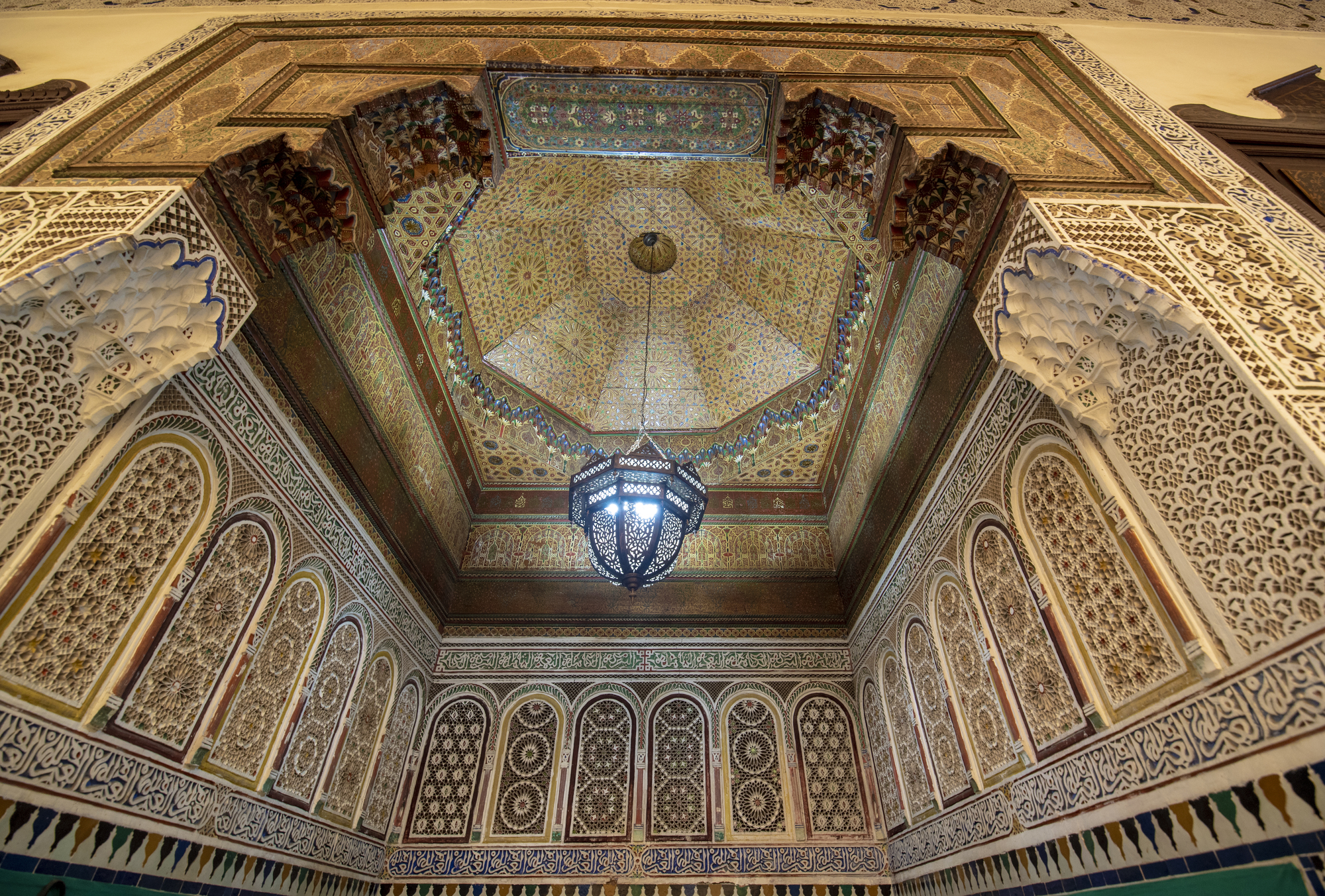
Marrakech museums tend toward specialized collections housed in restored historic buildings, such as the Dar Si Said Museum of crafts displayed in a 19th-century palace. The focus typically remains on Moroccan cultural heritage rather than international artifacts.
Cairo’s Egyptian Museum contains one of the world’s most significant archaeological collections, including the treasures of Tutankhamun, offering visitors direct access to ancient artifacts that have influenced global culture and imagination.
Day Trip Destinations
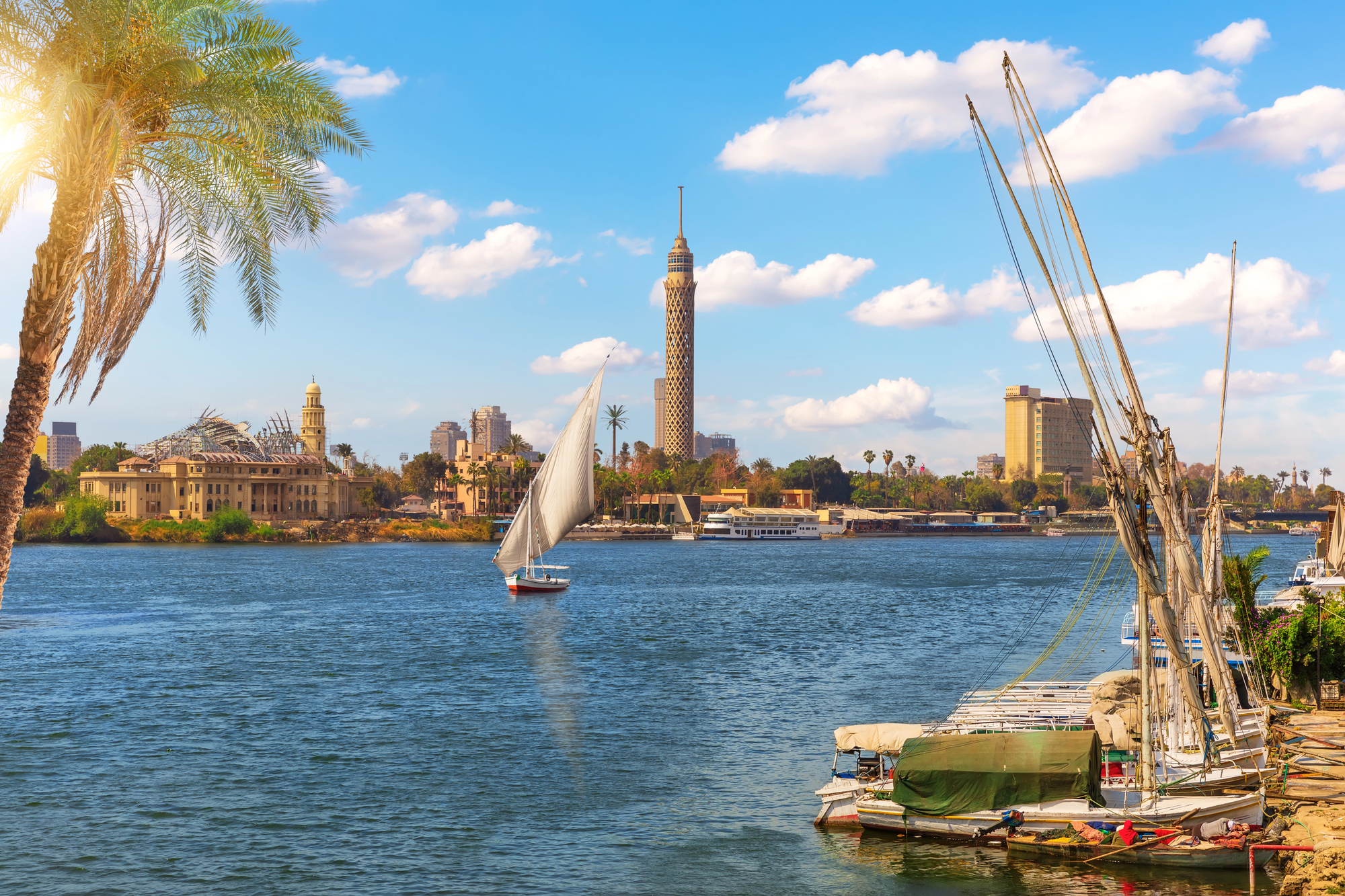
From Marrakech, day trips take you into dramatic natural settings like the High Atlas Mountains or Agafay Desert, emphasizing Morocco’s diverse landscapes within short driving distances. These excursions often include encounters with Berber communities that maintain traditional lifestyles.
Cairo’s day trips focus on additional archaeological wonders like Memphis and Saqqara, expanding your understanding of ancient Egyptian civilization through visits to additional historical sites rather than highlighting natural diversity.
Transportation Experience
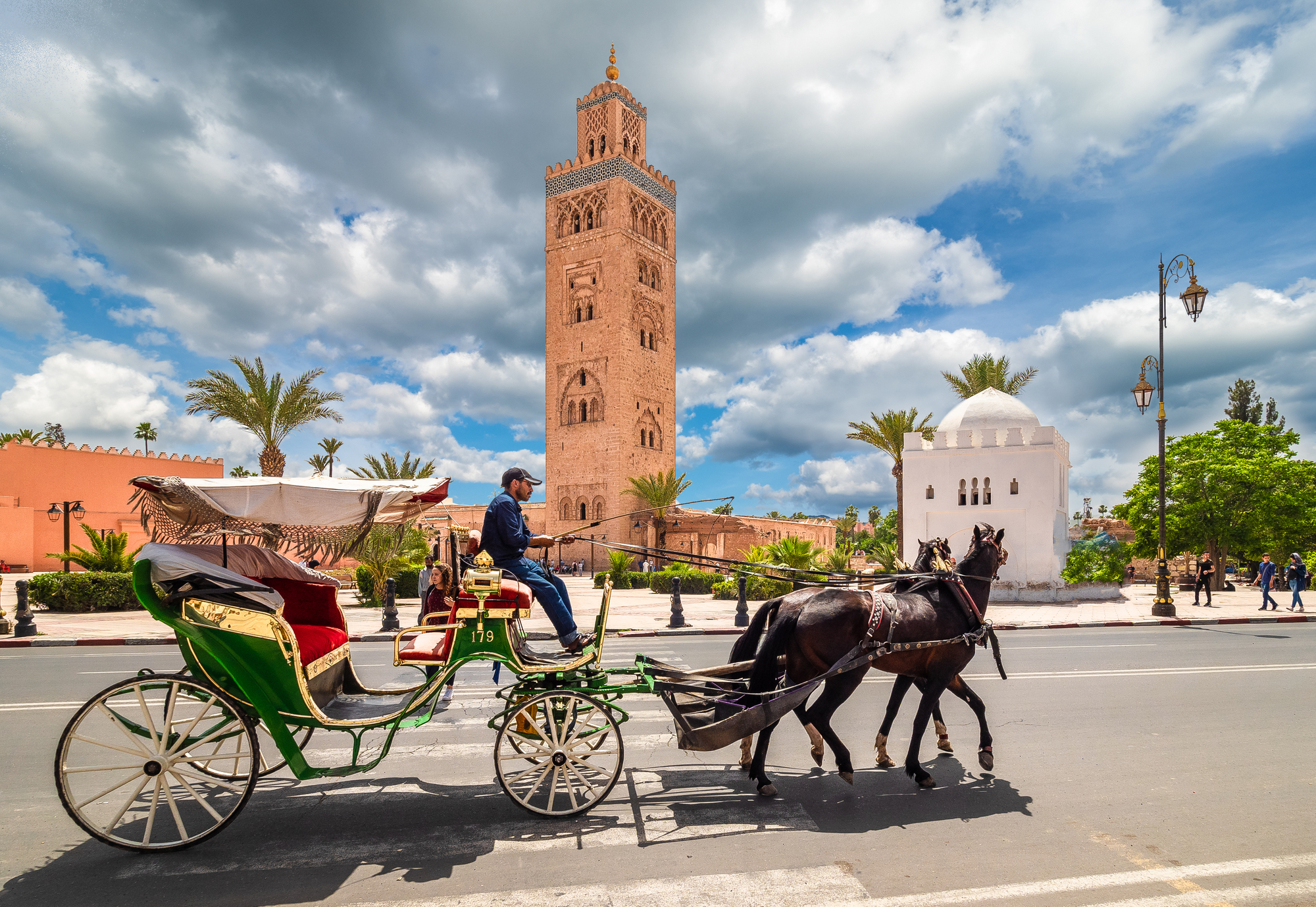
Marrakech remains primarily a city to explore on foot or by horse-drawn carriage, with its compact medina designed for pedestrians. Motor vehicles are restricted in many areas, creating a more traditional pace of movement through the historic center.
Cairo requires various mechanized transportation modes, including the metro system, taxis, and river boats to navigate its vast urban sprawl, making the transportation itself a more significant part of the visitor experience.
Like Travel Pug’s content? Follow us on MSN
Water Elements

Marrakech incorporates water as a precious resource in ornamental fountains and reflecting pools within private spaces like riads and palaces. The sound of water creates a soothing backdrop in gardens designed as contemplative retreats from the dry surrounding landscape.
Cairo’s identity remains inseparable from the mighty Nile River that flows directly through the city center, with the waterway serving as both a transportation artery and the historical reason for the city’s existence.
Desert Proximity
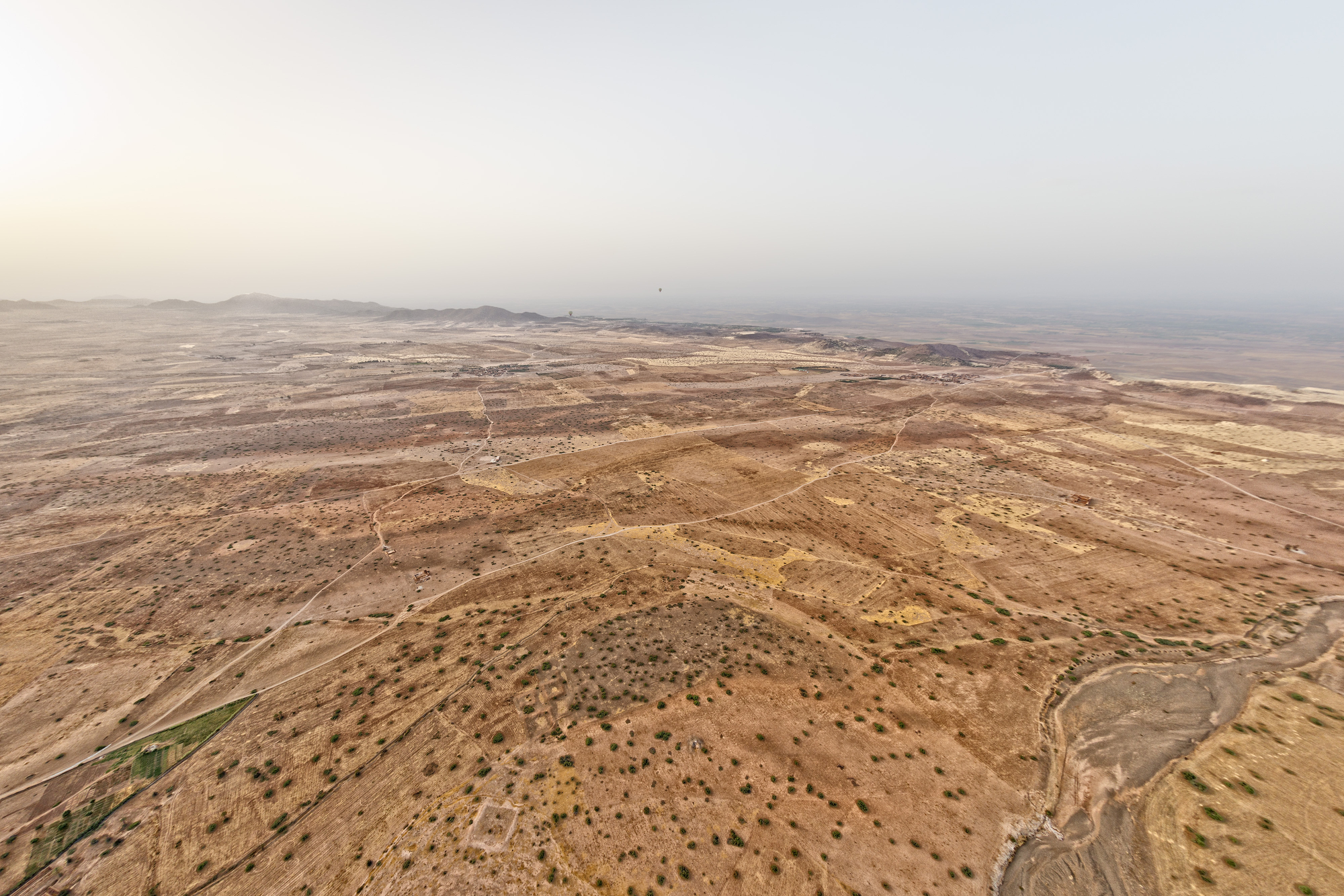
Marrakech sits just 15 miles from the beginning of desert landscapes, allowing visitors to experience dramatic sand dunes on even brief excursions from the city. The proximity means desert aesthetics influence everything from architecture to cuisine within the city itself.
Cairo requires a journey of over 200 miles to reach comparable desert landscapes, creating more separation between urban experiences and true desert adventures, making desert trips more committed excursions rather than casual outings.
Cafe Culture
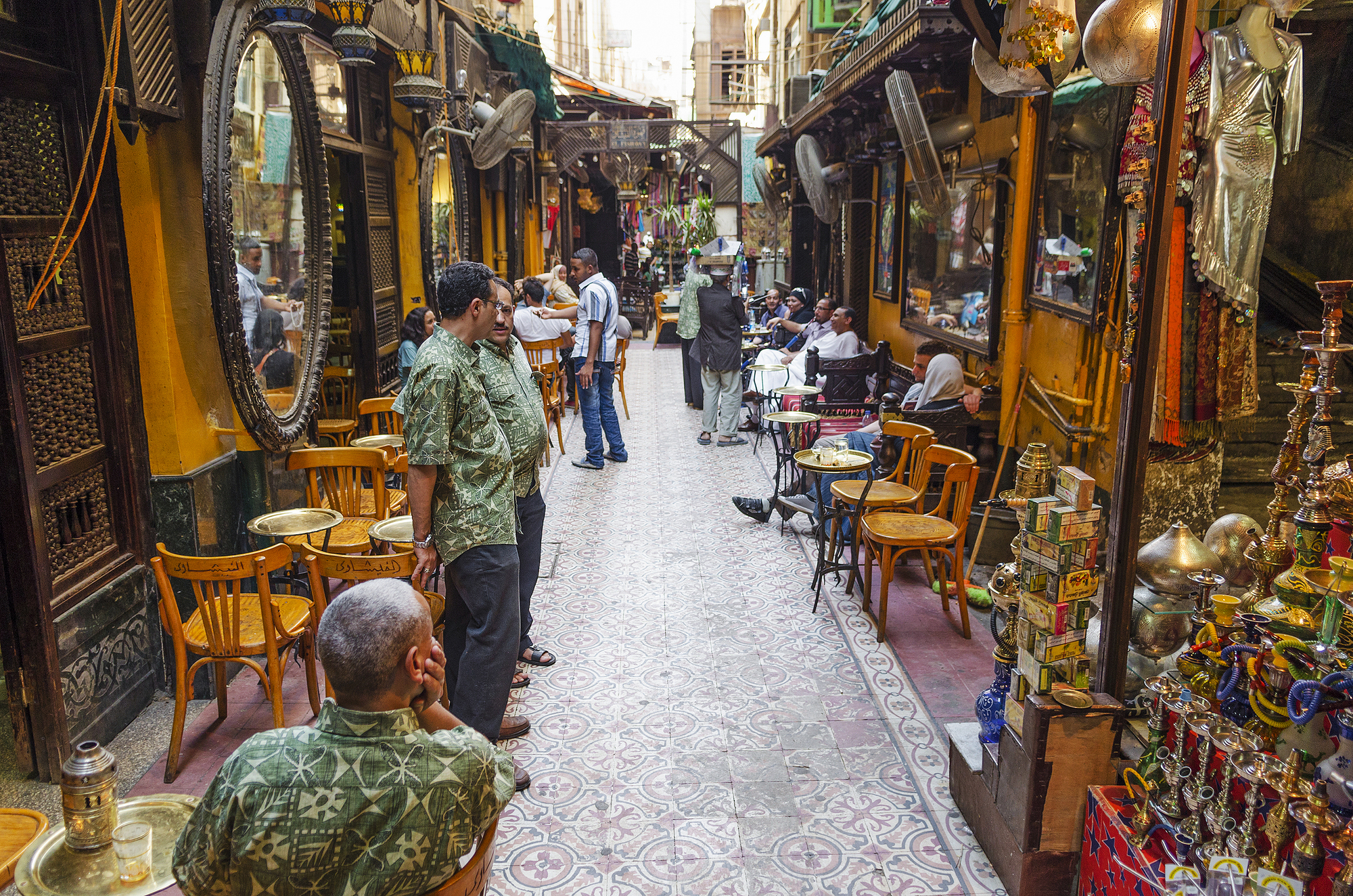
Marrakech cafes typically feature rooftop terraces overlooking the medina or intimate garden settings, serving mint tea in traditional ceremonies that emphasize hospitality rituals. These spaces function as peaceful observation points above the busy streets below.
Cairo’s historic cafes like El Fishawi have operated continuously for centuries as intellectual gathering places, providing indoor venues where Egyptians debate politics and society over strong Turkish coffee rather than focusing primarily on views or atmosphere.
Like Travel Pug’s content? Follow us on MSN
Local Dress
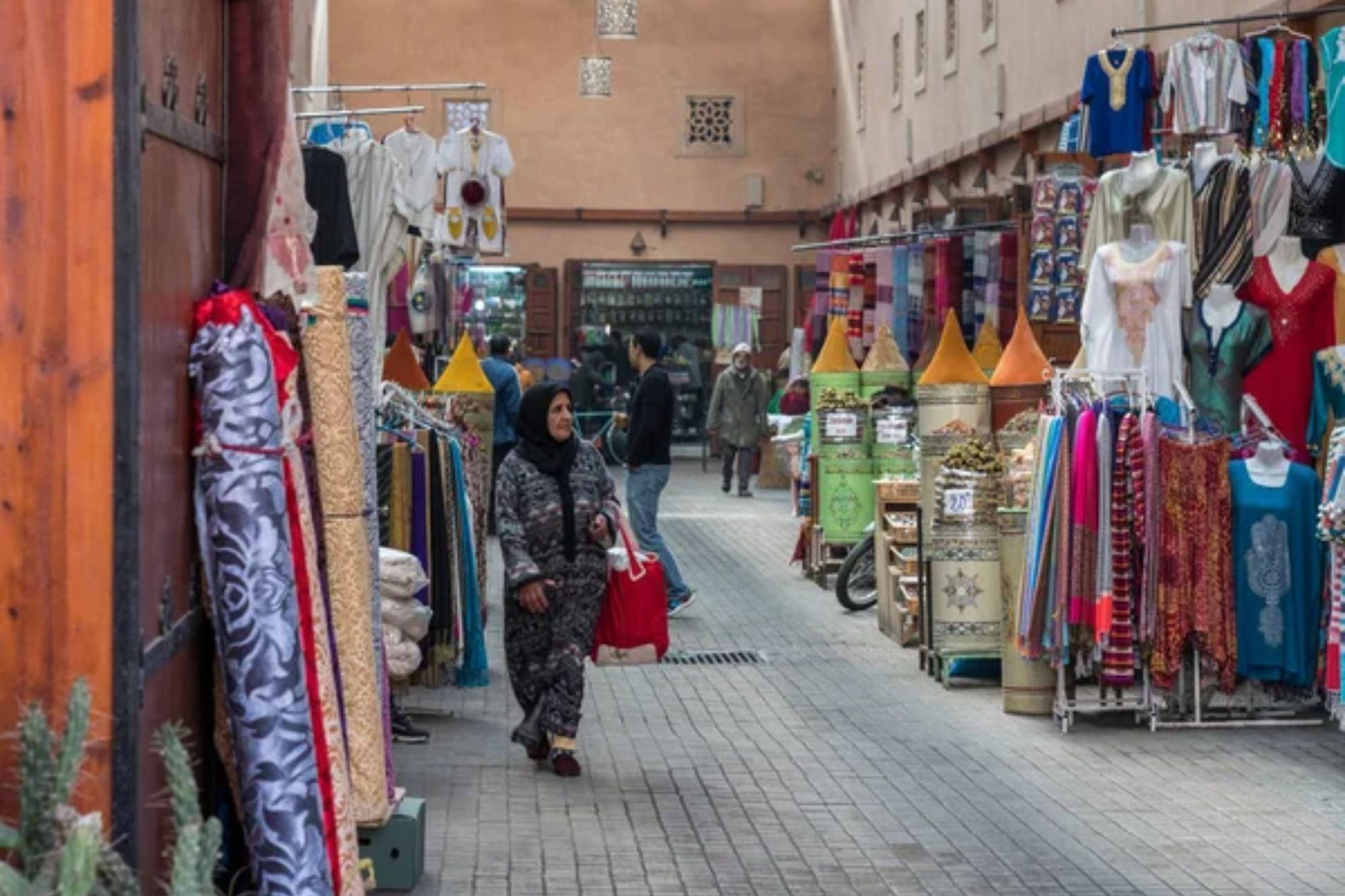
In Marrakech, you’ll commonly see men wearing djellabas (hooded robes) and women in colorful caftans that reflect Berber textile traditions, particularly in the old medina. Traditional dress remains everyday attire for many, rather than special occasion clothing.
Cairo residents generally dress in contemporary Western-influenced styles, with traditional garments like galabiyyas more common among older generations or in specific neighborhoods, creating a more visibly modernized street scene.
Soundtrack of the City

Marrakech fills the air with a mixture of traditional Gnawa music from street performers, calls to prayer, and the constant negotiations of market vendors, creating an intimate soundscape that envelops visitors in the narrow medina streets. Cairo produces a more metropolitan symphony of car horns, urban noise, Nile boat engines, and contemporary Arabic pop music playing from shops, with the density of 20+ million residents creating a constant, energetic hum throughout the city.
Wildlife Encounters
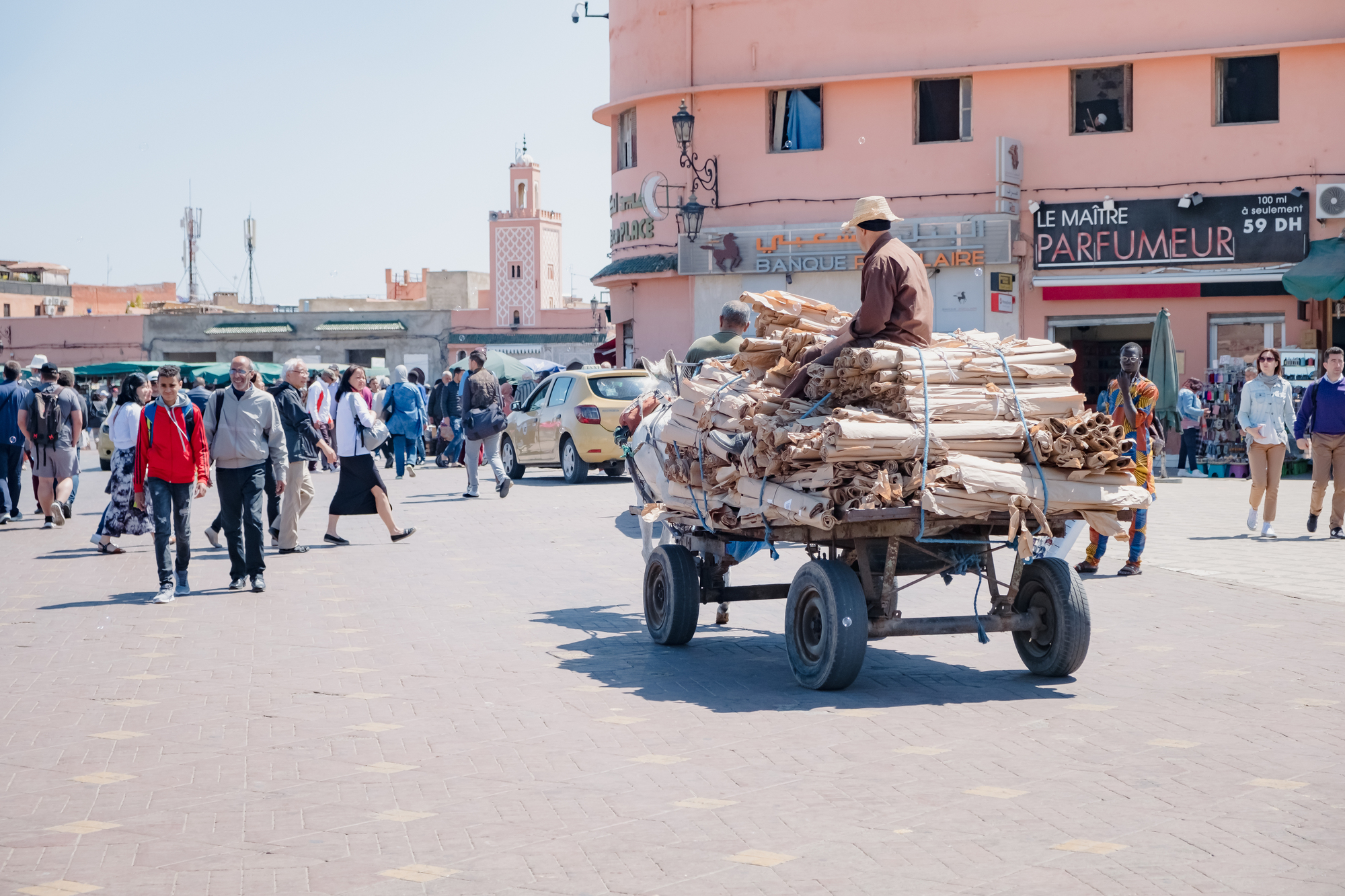
Marrakech features working animals as part of the urban experience, with donkeys carrying goods through narrow streets and snake charmers performing in public squares. These animals serve practical purposes or entertainment functions within the city environment.
Cairo offers surprising urban wildlife, including the protected egrets and herons that nest on Nile islands, plus the chance to see desert foxes and gazelles on outskirts excursions, connecting visitors to both river ecosystems and desert habitats.
Like Travel Pug’s content? Follow us on MSN
Sunset Rituals

Marrakech transforms at sunset when Jemaa el-Fnaa square fills with food stalls, storytellers, and musicians in a centuries-old tradition that brings the entire city together in one central location. The evening creates a focused energy that pulls visitors toward this main gathering space.
Cairo sunsets spread activity across multiple settings from felucca sailboat rides on the Nile to rooftop restaurants overlooking illuminated monuments, offering diverse options rather than one definitive sunset experience.
Artistic Traditions
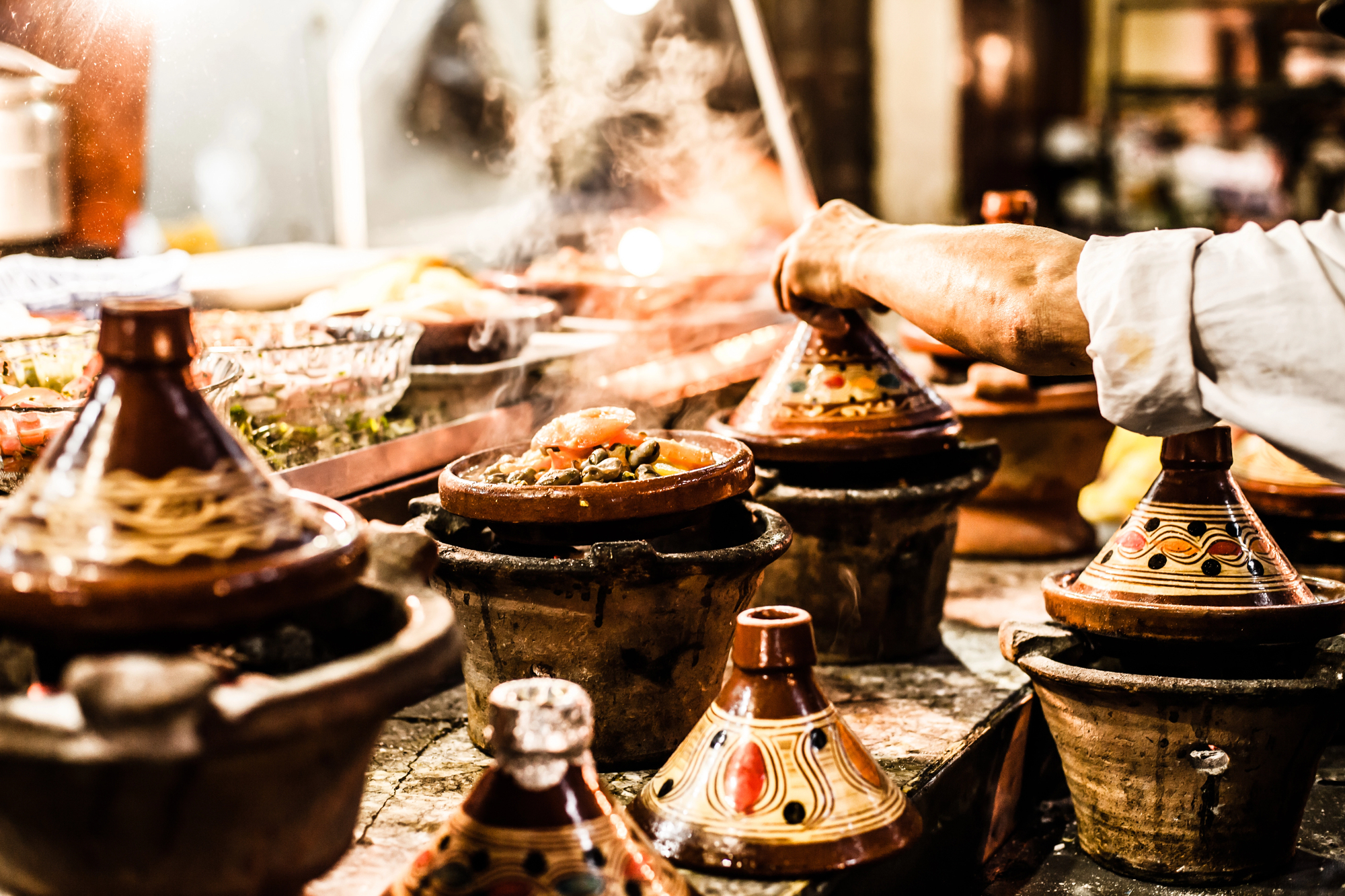
Marrakech artisans maintain medieval guild structures with specific neighborhoods dedicated to particular crafts like leather tanning, metalwork, or carpet weaving. The production methods often remain unchanged for centuries, with skills passed through family apprenticeships.
Cairo’s art scene balances traditional crafts with a significant contemporary art movement expressed through galleries, street art, and experimental performances, reflecting the city’s role as a modern cultural capital for the Arab world.
Pace of Experience
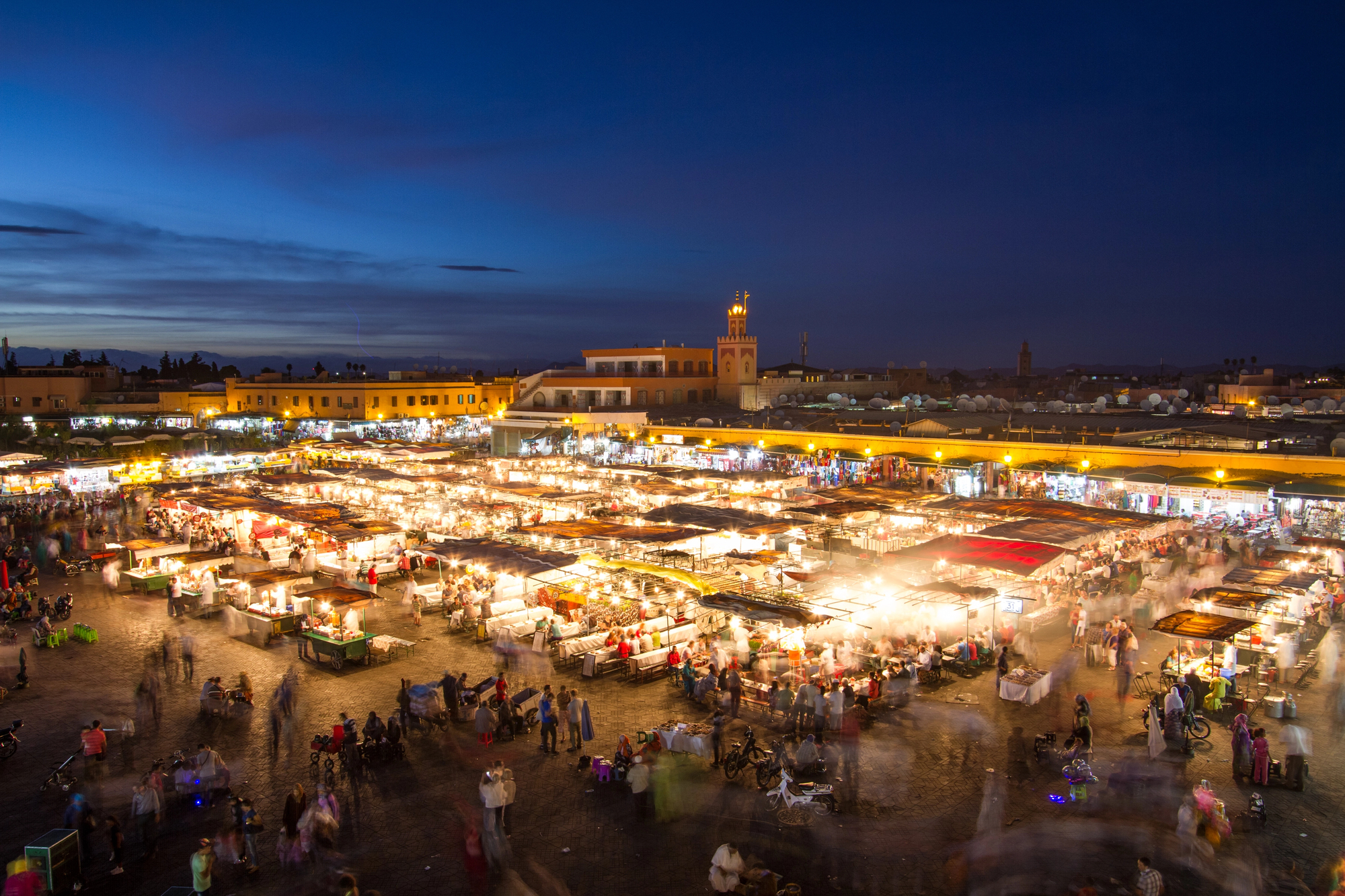
Marrakech encourages slower travel with its pedestrian medina and emphasis on sensory experiences like hammam spa rituals and lengthy meals. The city naturally decelerates visitors, who must adjust to its rhythms rather than rushing through attractions.
Cairo operates at the faster tempo of a major global metropolis where efficient sightseeing often becomes necessary to cover vast distances between major sites, creating a more scheduled approach to experiencing the city’s treasures.
Like Travel Pug’s content? Follow us on MSN
The Continuation of Ancient Cities
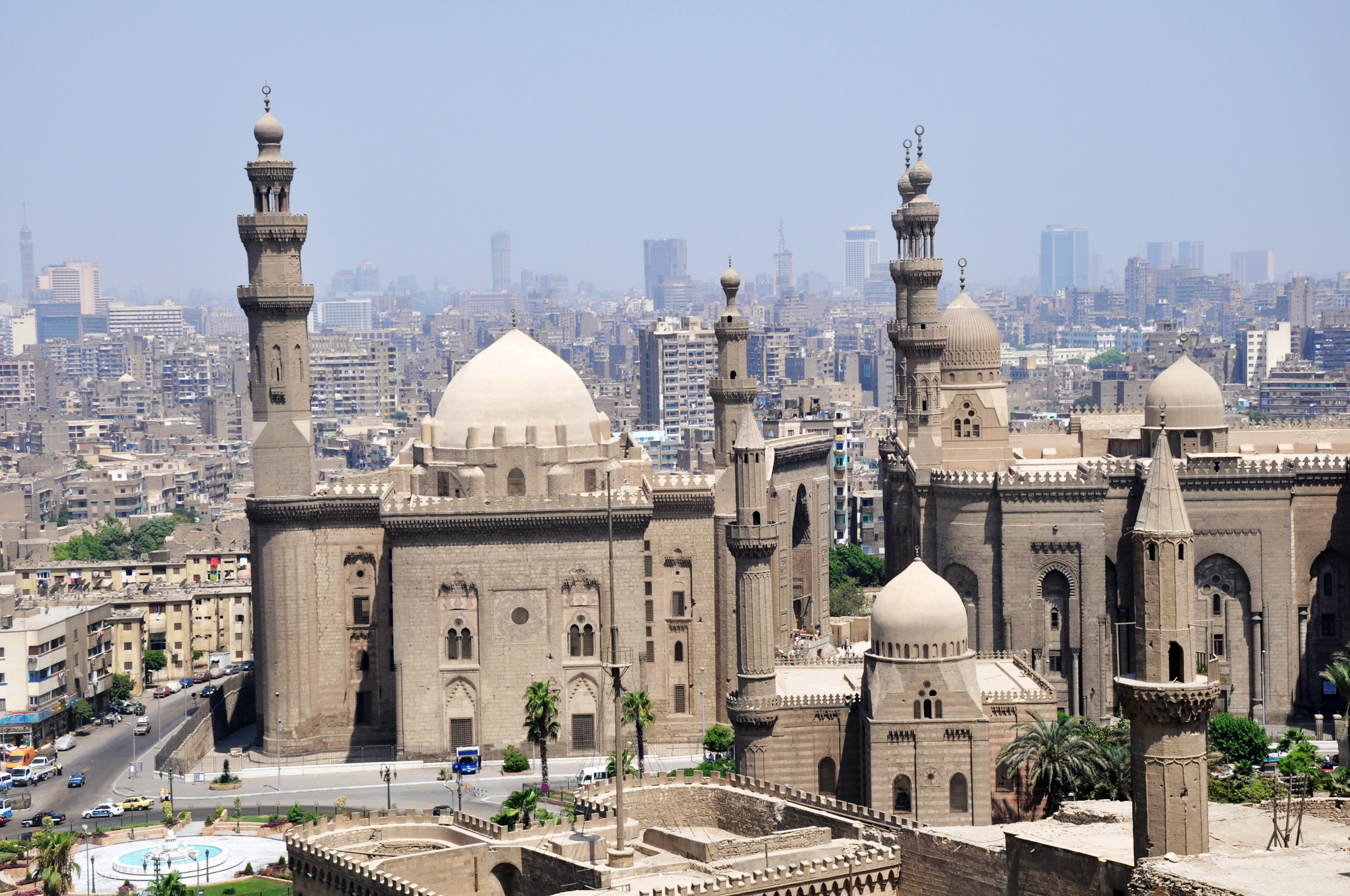
Both Cairo and Marrakech are living reminders of North Africa’s glorious past, but they have evolved differently. Marrakech preserves medieval Islamic city planning within its walls but opens up to luxury tourism and design innovation beyond them.
Cairo continues to add new layers over its old foundations, sometimes preserving history in formal museums and sometimes just folding ancient features into everyday modern life. These cities show how history takes breath in different ways when given distinctive cultural contexts, demonstrating that geography cannot always anticipate how civilizations evolve over time.
More from Travel Pug

- Cities Growing so Fast You Won’t Recognize Them in 10 Years
- 13 Destinations Where Tourists Regularly Regret Their Trip
- 20 Obscure WWII Sites Even History Buffs Don’t Know About
- 10 Under-the-Radar Mountain Towns That Are Both Affordable and Beautiful
- Remote Villages in Europe Where You Can Live for Free in Exchange for Work
Like Travel Pug’s content? Follow us on MSN
